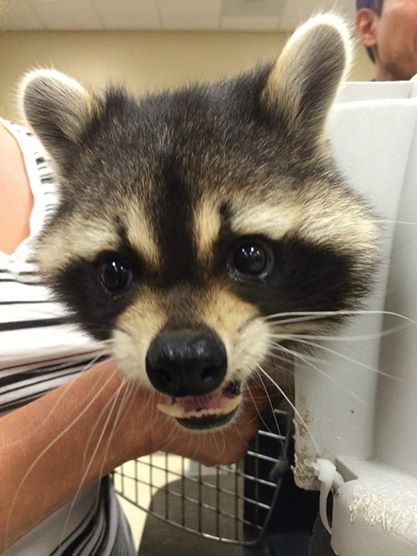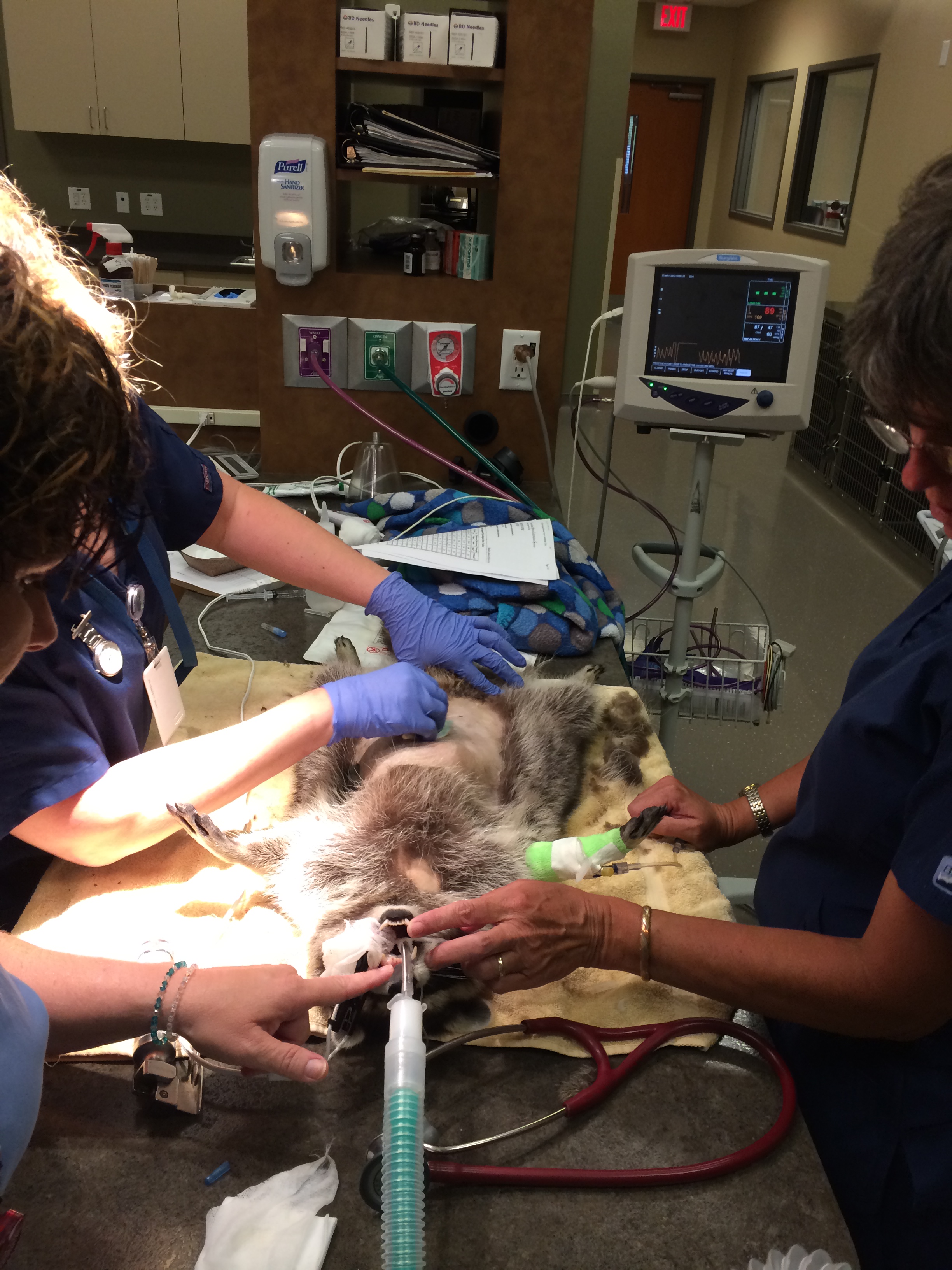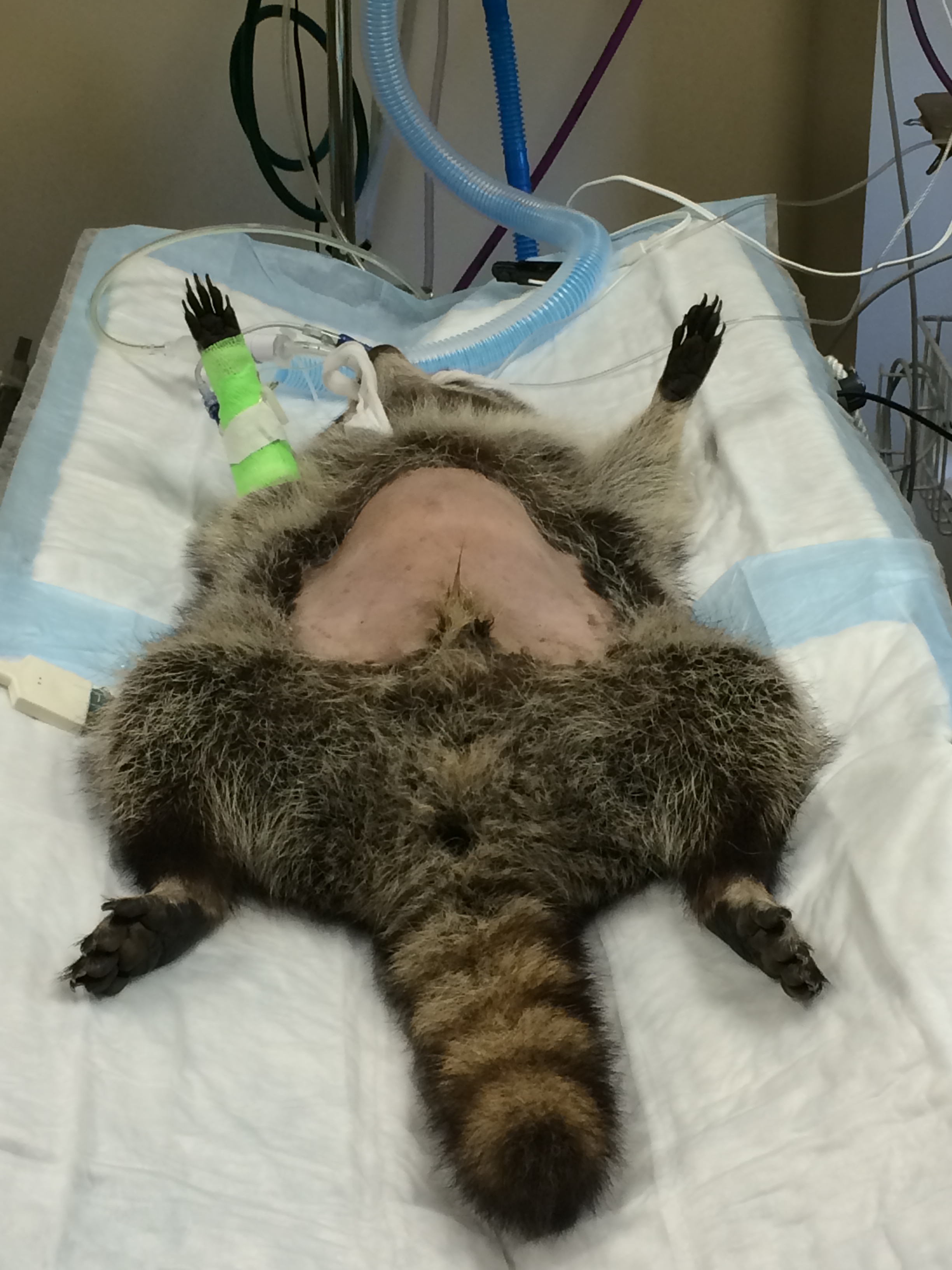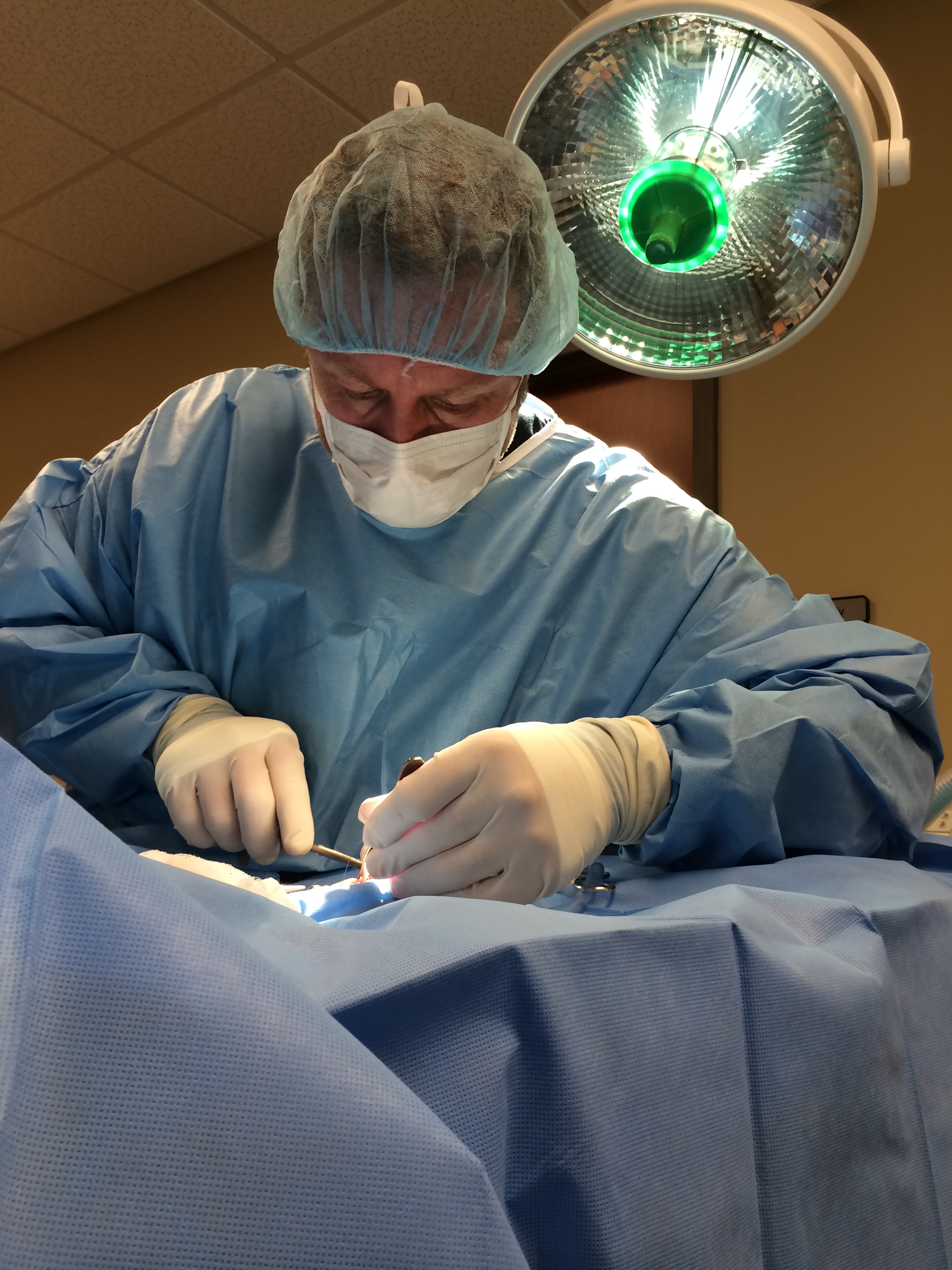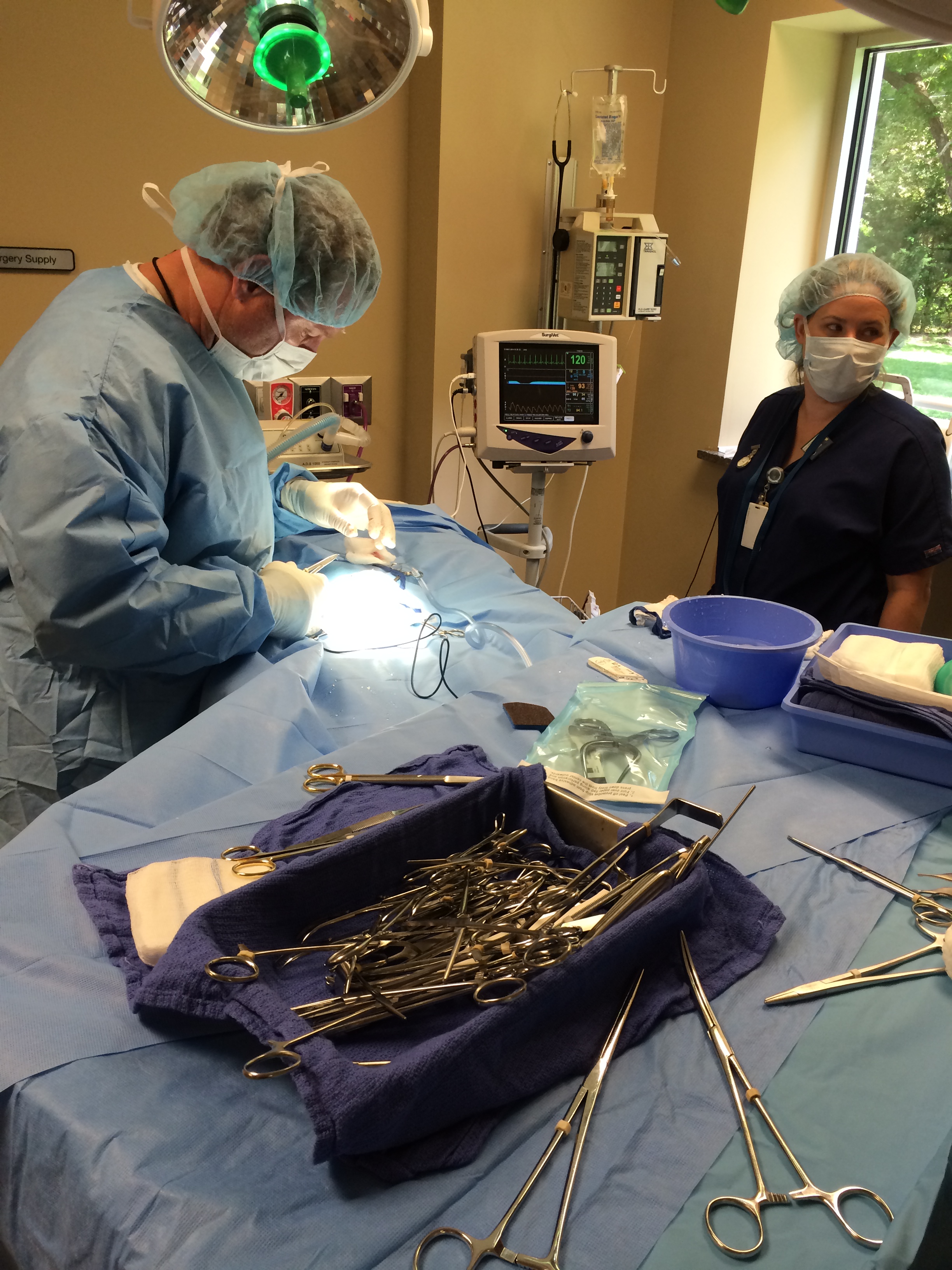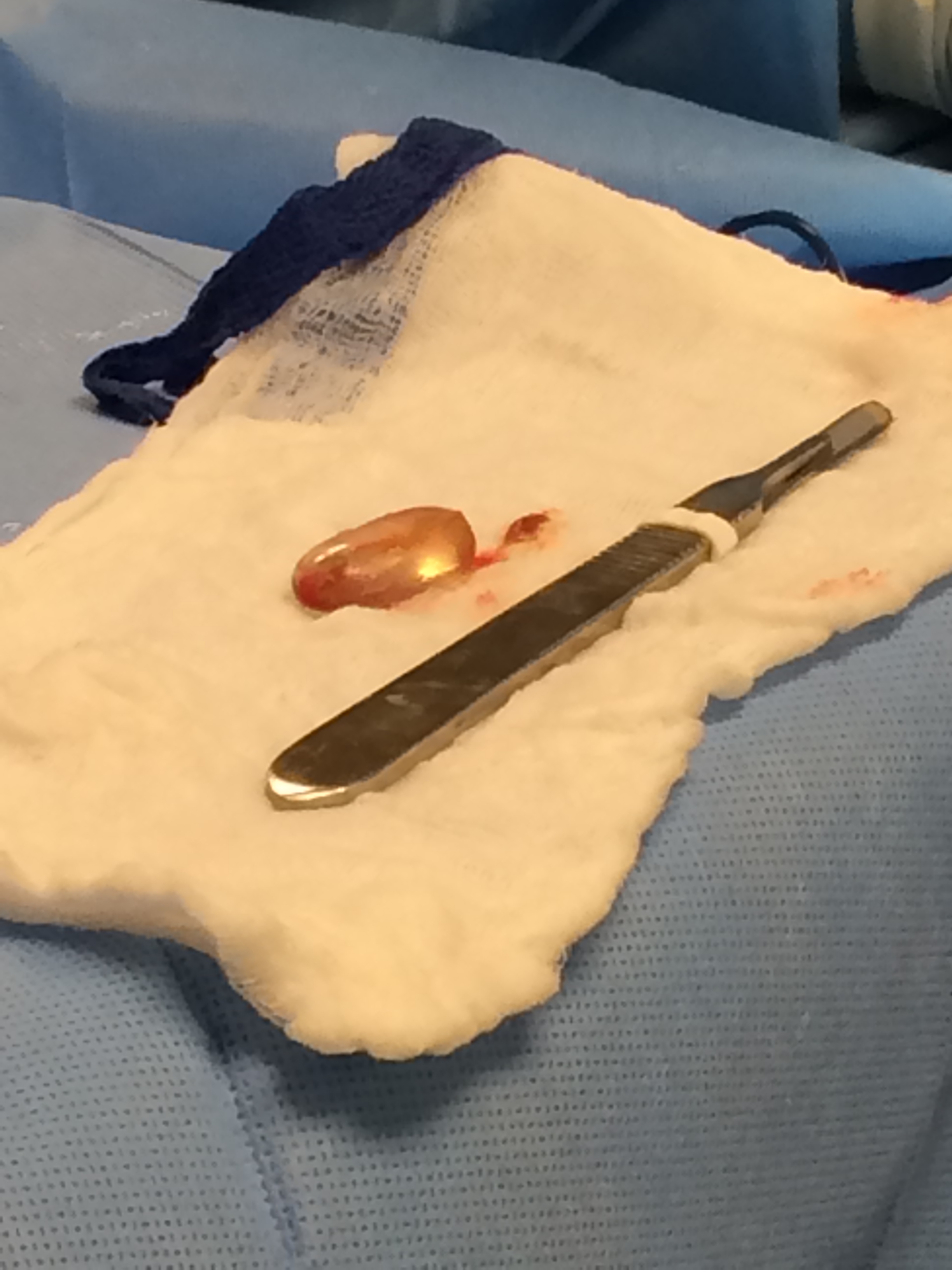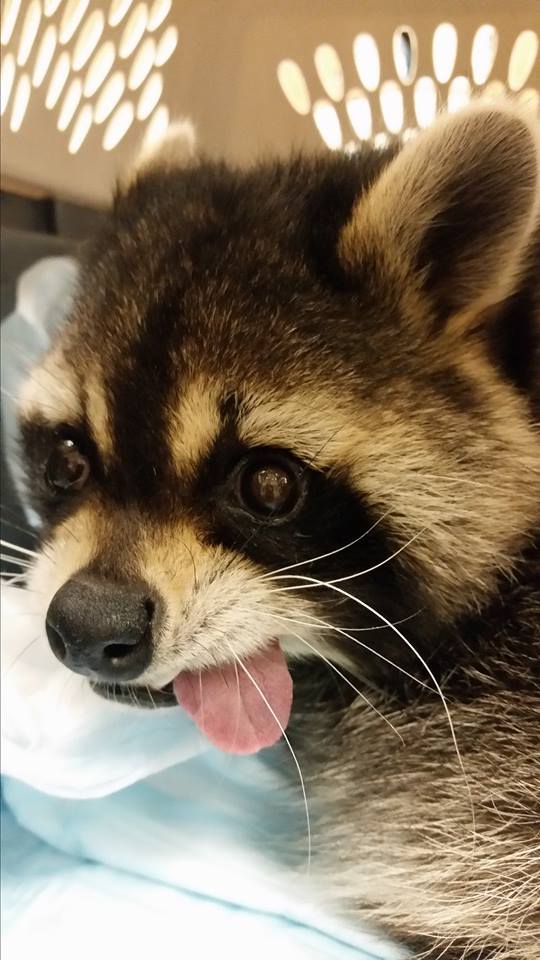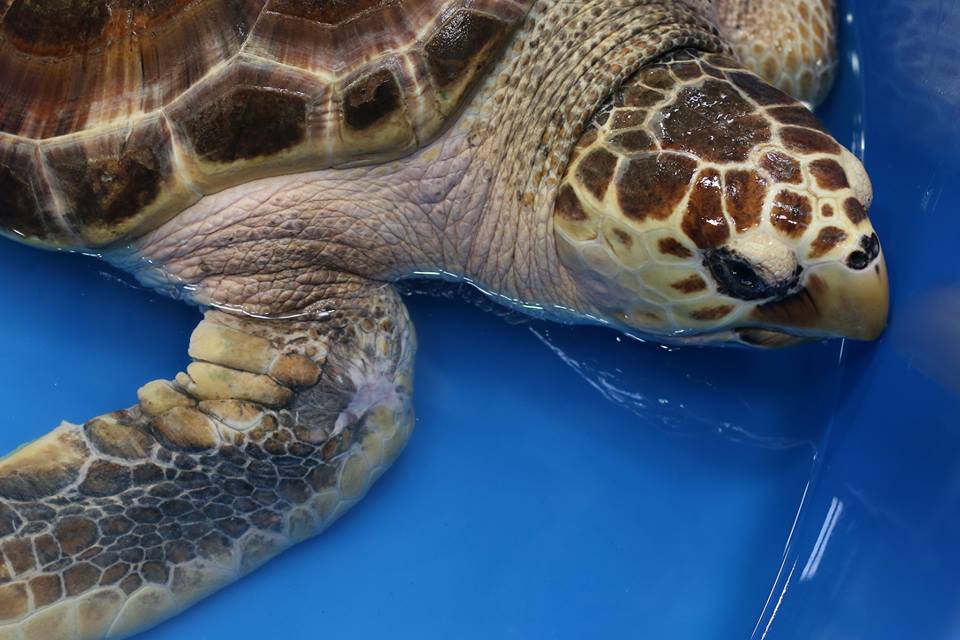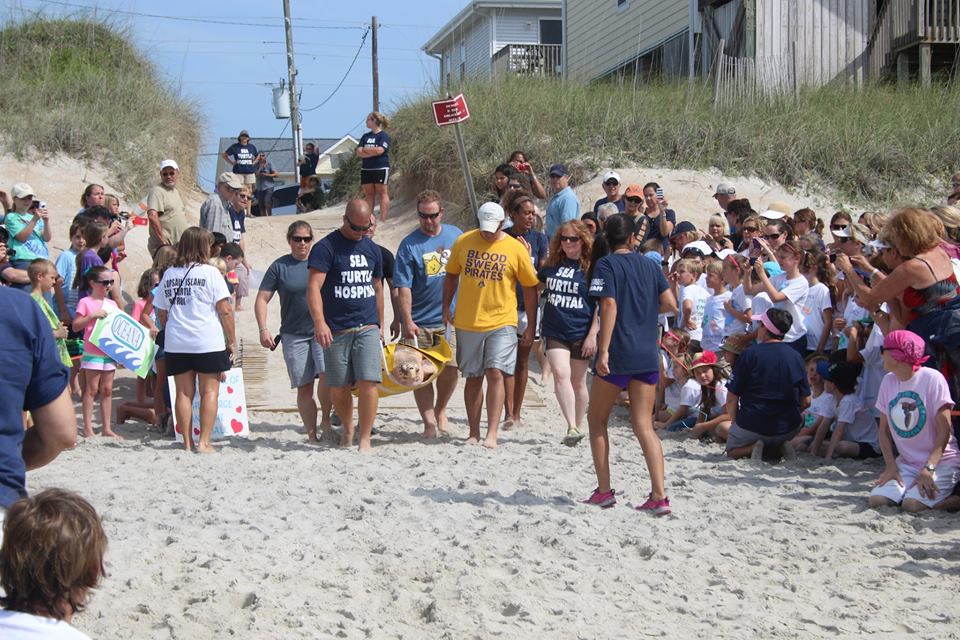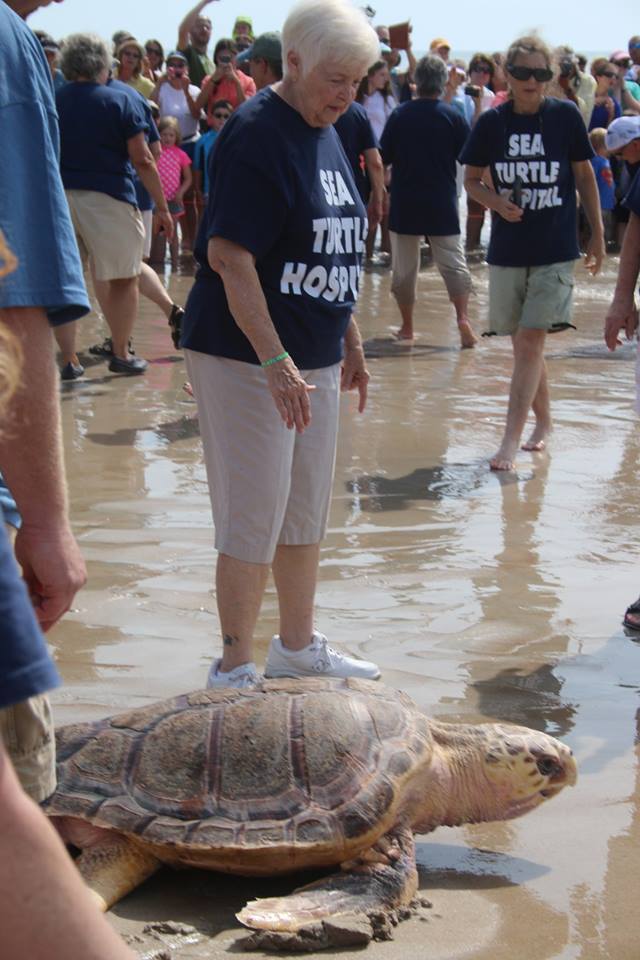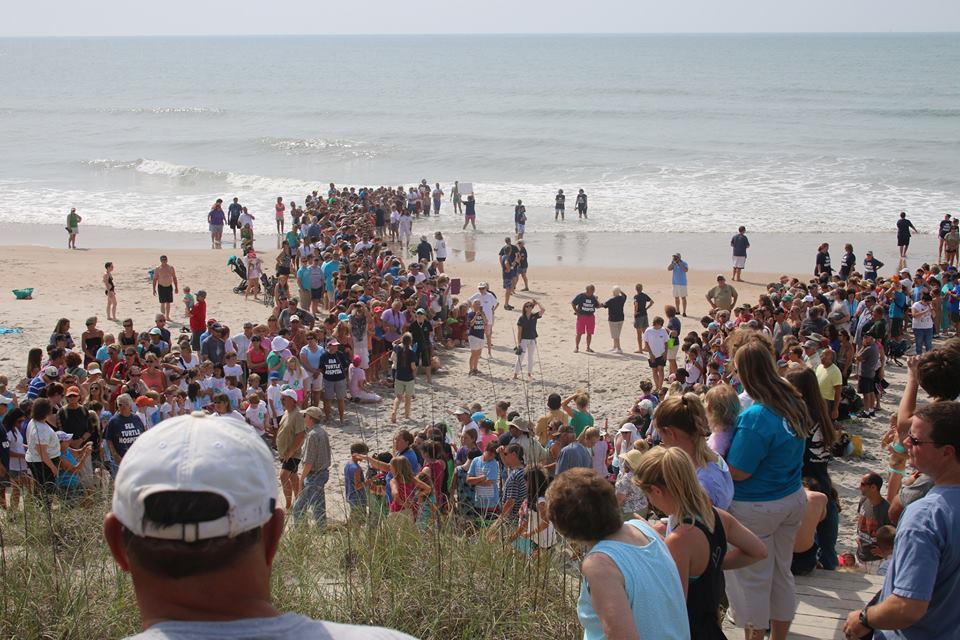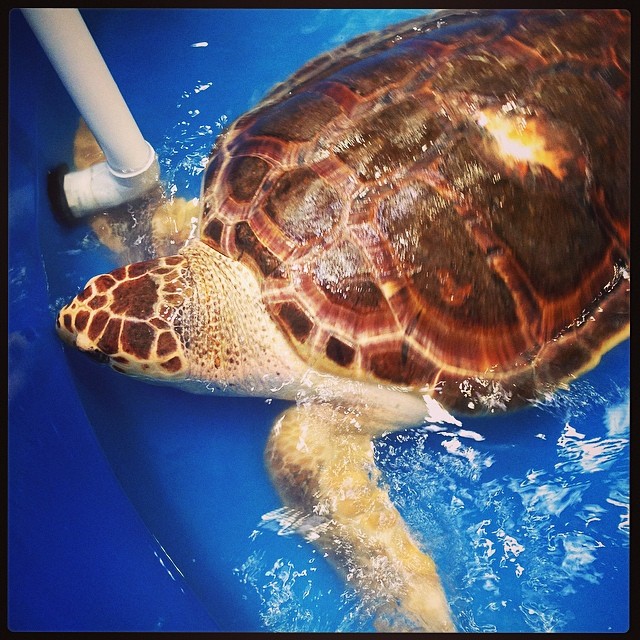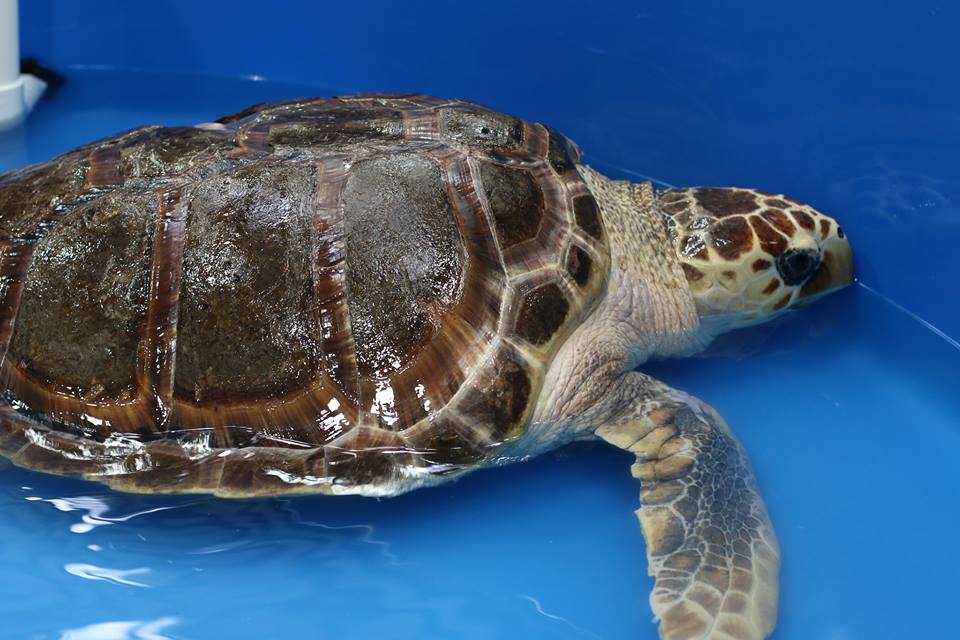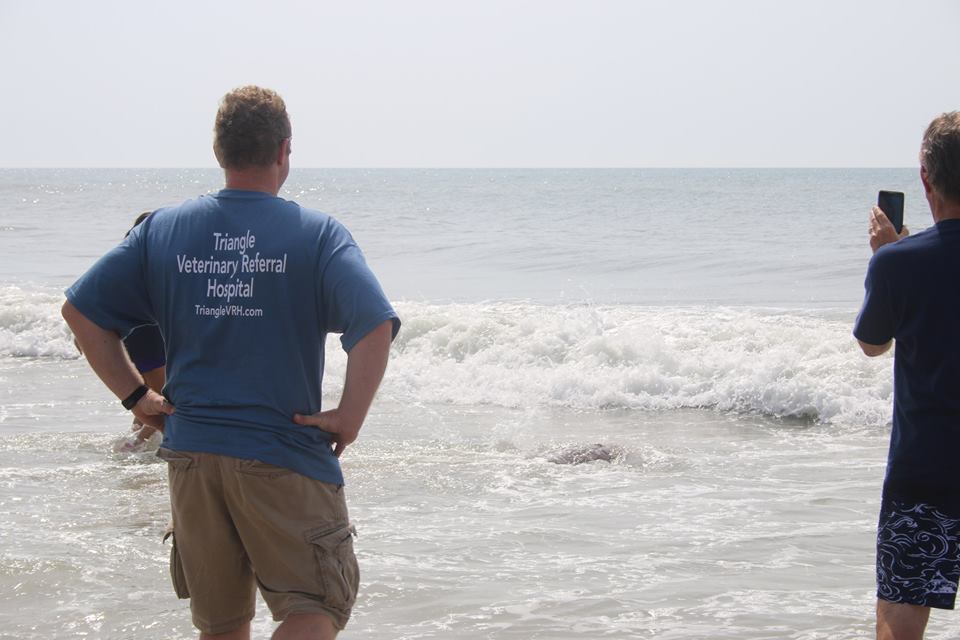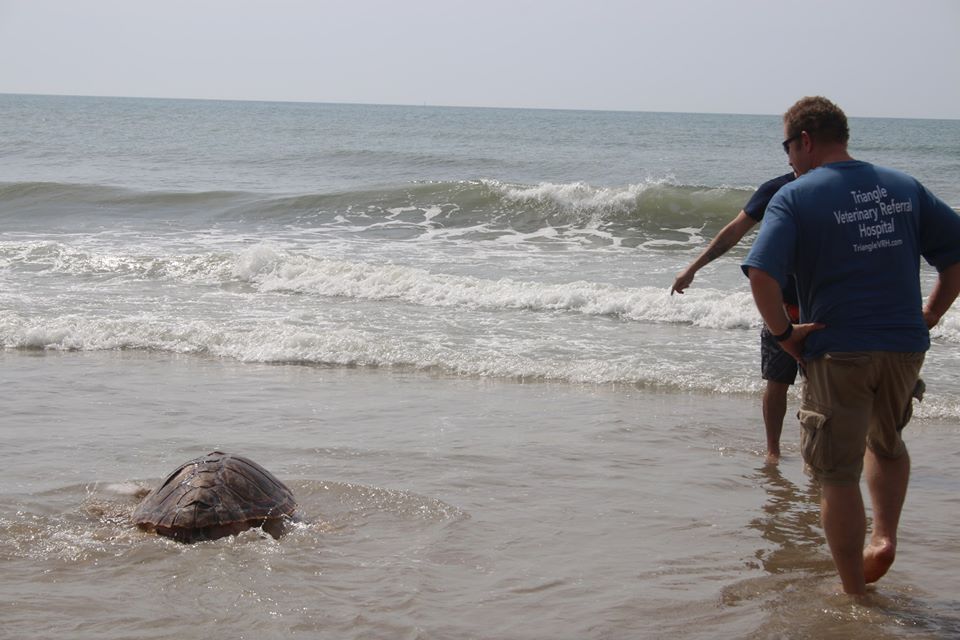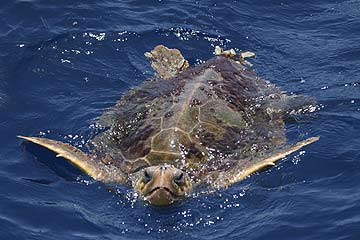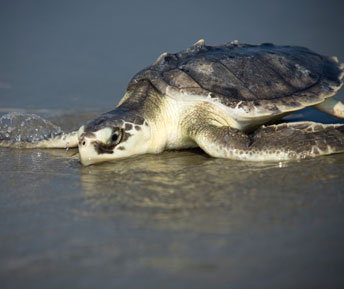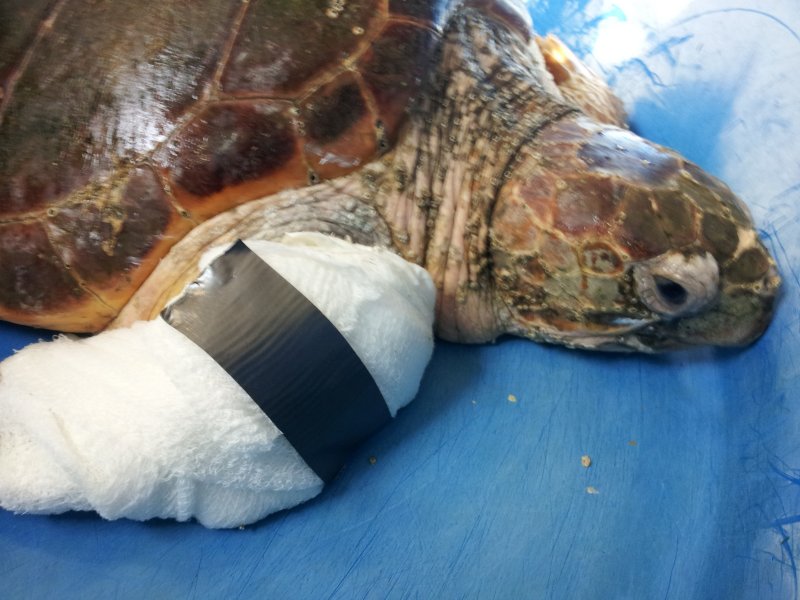Triangle Veterinary Referral hospital is not able to take wildlife cases from the public because we don't have any licensed rehabilitators on staff; it's safer for the animals to go directly to a rehabber that can take care of them properly. But that doesn't mean that we don't do what we can to help out! Dr Grafinger, our surgeon, has an interest and experience in exotics and so he volunteers his expertise to several organizations that work with any number of fascinating animals.
One of those groups is CLAWS, Inc., a nonprofit organization that is dedicated to helping wild and exotic animals. They rehabilitate animals with the goal of being able to release them back into the wild, and use non-releasable animals to educate the public about how to safely live in harmony with native wildlife.
Recently one of their resident animals, a charming raccoon by the name of Rocky, stopped eating and became suspiciously lethargic. When we sedated Rocky and took some radiographs, Dr Grafinger identified a probable foreign body in Rocky's intestines.
Rocky was immediately prepped for surgery; he was intubated and placed on inhalant anesthesia. We then placed an intravenous catheter, started fluids, and his belly was shaved and cleaned. Once in the operating room, Rocky was placed on a heated surgery table, hooked up to a monitor that tracked his heart rate, blood pressure, temperature, oxygen saturation, and pulse rate; once he underwent a surgical scrub, Dr Grafinger went to work. After making an incision and exposing the abdominal cavity, Dr Grafinger gently palpated Rocky's stomach and the length of his intestines and quickly located the suspicious object. After making an incision into the intestine, he was able to remove a glass pebble, the cause of all of Rocky's problems. Dr Grafinger then sutured the intestine closed and injected sterile saline into the affected area of the bowel, gently squeezing to each side of the incision to create pressure with the saline, checking for any leakage. The test was successful, so Rocky's incision was carefully sutured closed. Wild animals don't tend to tolerate e-collars, so Dr Grafinger took extra care with Rocky's sutures, leaving no external sutures to irritate Rocky.
We're very happy to report that Rocky recovered well from his surgery and quickly bounced back to his happy, active self. If you'd like to see some of the animals that CLAWS uses in programs, check out their website and FaceBook page for event announcements. And if you'd like to help them out during this busy baby season, it's super easy to check out their Amazon.com wish list.


